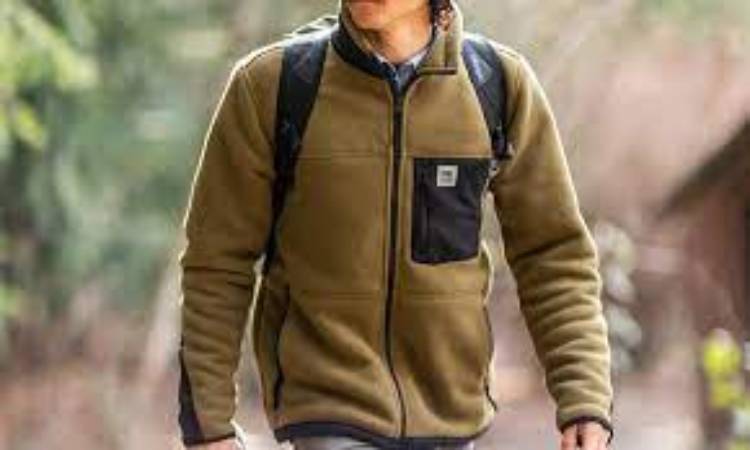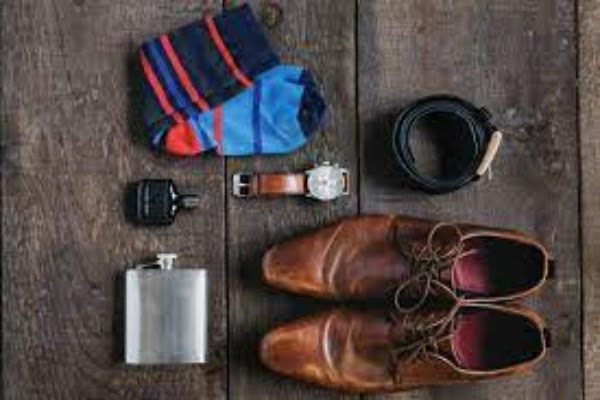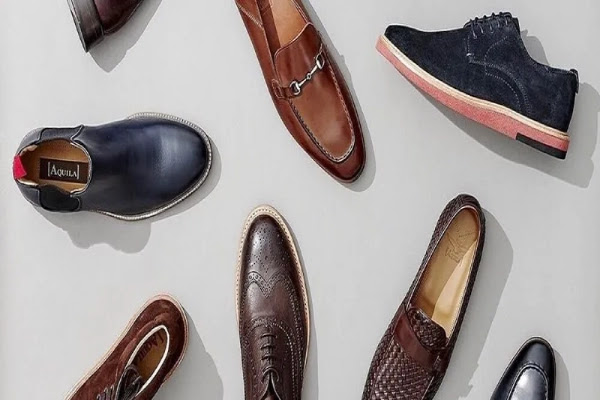How do I choose a fleece? Fleece Buying Guide
 A fleece is a vital part of the layering system and a warm
but lightweight piece of clothing that can be used as an outer layer on cooler
days.
A fleece is a vital part of the layering system and a warm
but lightweight piece of clothing that can be used as an outer layer on cooler
days. When living somewhere with weather as unpredictable as the UK, it's essential to layer up and have clothing options that won't weigh you down but will be helpful when temperatures get a little too chilly for your liking.
However, one fleece does not serve all, so there are different types depending on their thickness and structure - some including a hood, for example.
Winfields Outdoors has created this buying guide to inform you about fleeces, how they work, their features and how to choose the perfect thread for you…
What is a fleece?
Whether climbing mountains or walking through the woods, a fleece will keep you warm. Despite an extensive range of styles and designs available - particularly at Winfields - each thread performs a broadly similar job.
A fleece is an artificial soft, warm and lightweight mid-layer fabric. They are ideal for outdoor activities because the fabric keeps you warm without adding weight.
Most fleece is made from 100% polyester - from Polyethylene terephthalate - and can include fleece trousers and gilets; however, a thread is often a jacket or top. These mid-layers trap air and keep you warm while being made with different weights and features to suit different needs.
What are the types of fleece?
Fleeces are often divided into types by their weight or appearance but may often be called microfleece, mid-weight fleece, heavyweight fleece and textured fleece.
Microfleece
The thinnest and most lightweight of fleeces, microfleeces are an excellent mid-layer but work just as well as standalone outerwear. A microfleece will provide a lower level of insulation while its breathability makes them ideal for activities such as running. When it comes to weight, any fleece that is up to 200g/m² is considered a microfleece. This means that they allow for greater flexibility when doing physical activity, as they aren't too thick to restrict movement.
Mid-weight Fleece
The most common type of fleece, often called standard fleece, is also the most versatile making it ideal for everyday wear and various activities. A mid-weight fleece has higher insulation and comfort than microfleeces, meaning they can perform as an outer layer.
A mid-weight fleece will usually weigh 200 - 300g/m². This type of fleece will offer less flexibility than a microfleece, but its thickness will compensate for more excellent conditions. Mid-weight yarns are often found in a 3-in-1 jacket.
Heavyweight Fleece
Heavyweight fleece is, naturally, at the top of the range when it comes to weight. This type of fleece is best suited for freezing weather, where you won't be doing much physical activity, as the fleece's thickness limits movement. This is a good winter layer.
Heavyweight fleeces weigh 300g/m² and above. Flexibility is minimal, but these fleeces are the most insulating and are not suited for exercising as you will overheat quickly. Heavyweight fibres are best suited to very harsh climates or Arctic conditions.
Textured Fleece
A textured fleece will be similar in weight to a heavyweight fleece but features a patterned fabric. This is often for decorative and design purposes, for a more luxurious-looking thread with a softer feel. A textured yarn can, therefore, be worn for dressier occasions.
These fleeces will sit between 200 - 300g/m² or above in weight. A textured thread is ideal for wearing as a standalone outer layer when out in the cold or as a mid-layer under a coat when temperatures drop.
Fleece Weight and Activity Guide
100g/m²: ideal for high-output activities, such as running
or climbing, or as a mid-layer under another fleece or shell jacket on a
moderately cold day.
200g/m²: perfect for hiking to keep warm when resting, an
all-rounder that provides excellent breathability when moving and a mid-layer
under a waterproof.
300g/m²: Ideal for winter walking and arctic conditions
under an expedition-type coat, this can act as a top layer for walking in cool
weather.
It would help if you always considered which outdoor activities you will be doing before buying a fleece.
What are the features of a fleece?
Manufacturers often redesign fleece, but some features are found on every type of fleece to keep you warm, dry and comfortable when walking or enjoying the outdoors. Below are the main segments you should look for when buying fibre.
hood
A hood will not only keep you warm but can provide some protection from the rain. A close-fitting hood will retain warmth and won't allow wind to get inside the jacket. A hood can fit under a helmet, which is perfect for when you're climbing or biking so you can retain warmth with a comfortable fit.

